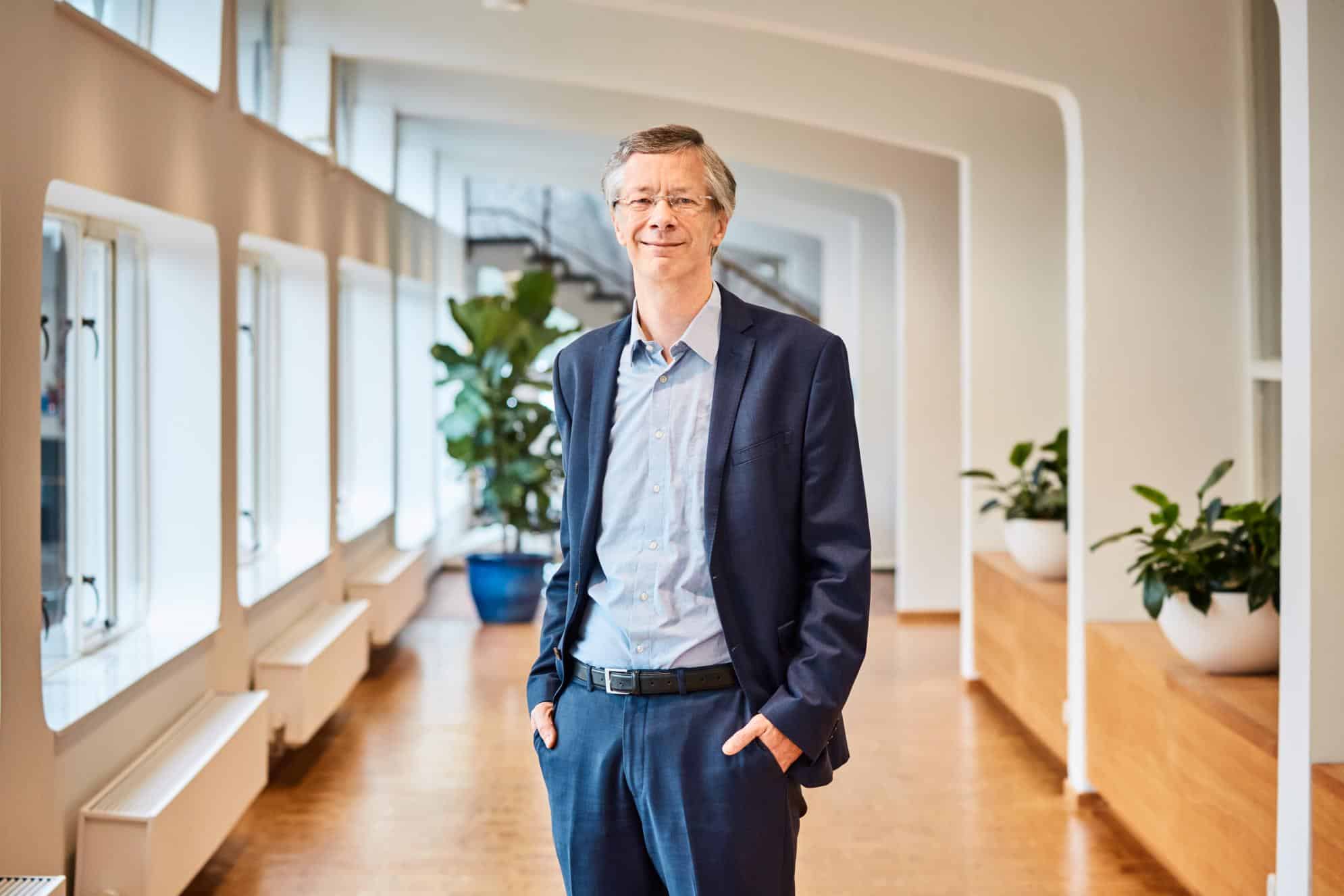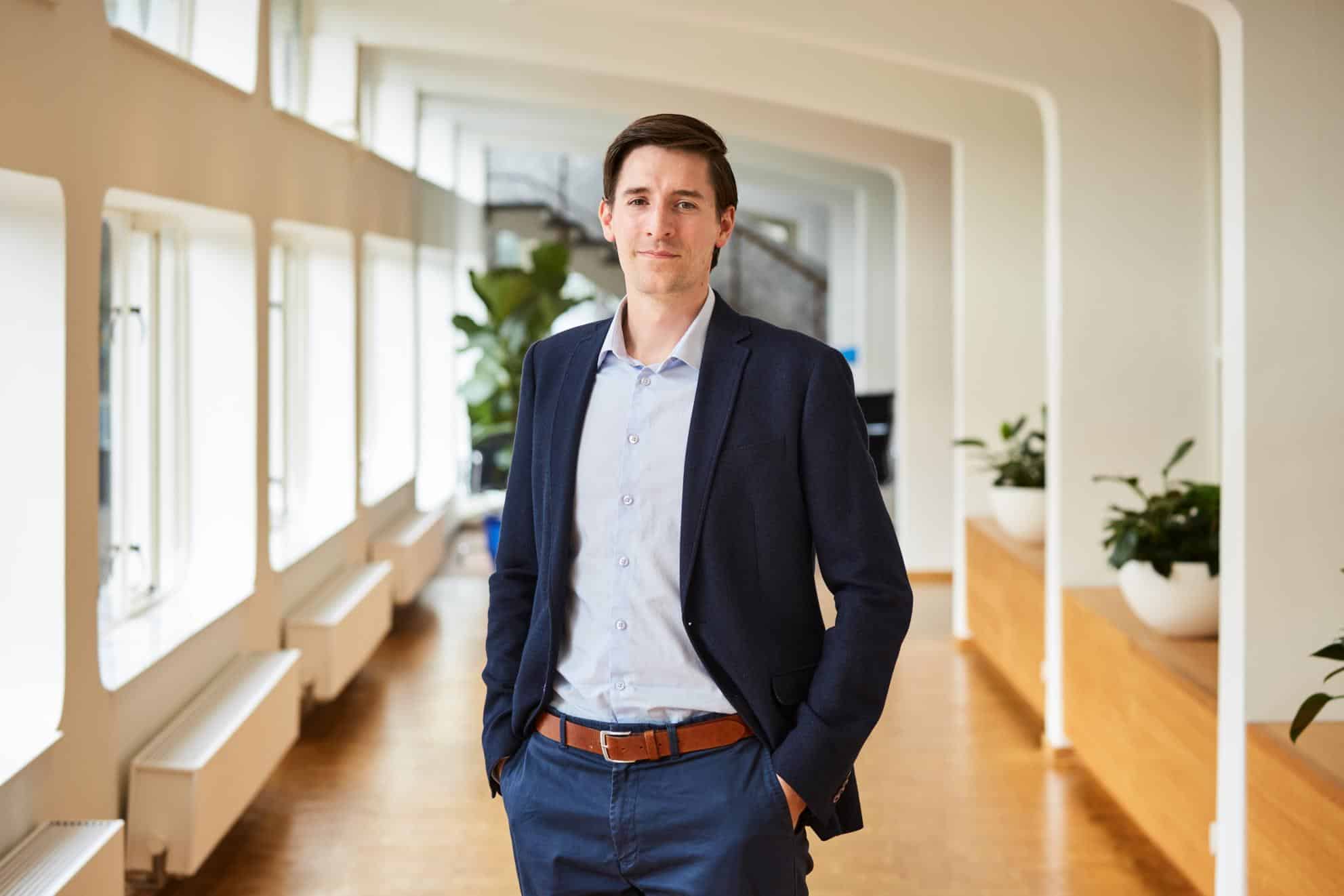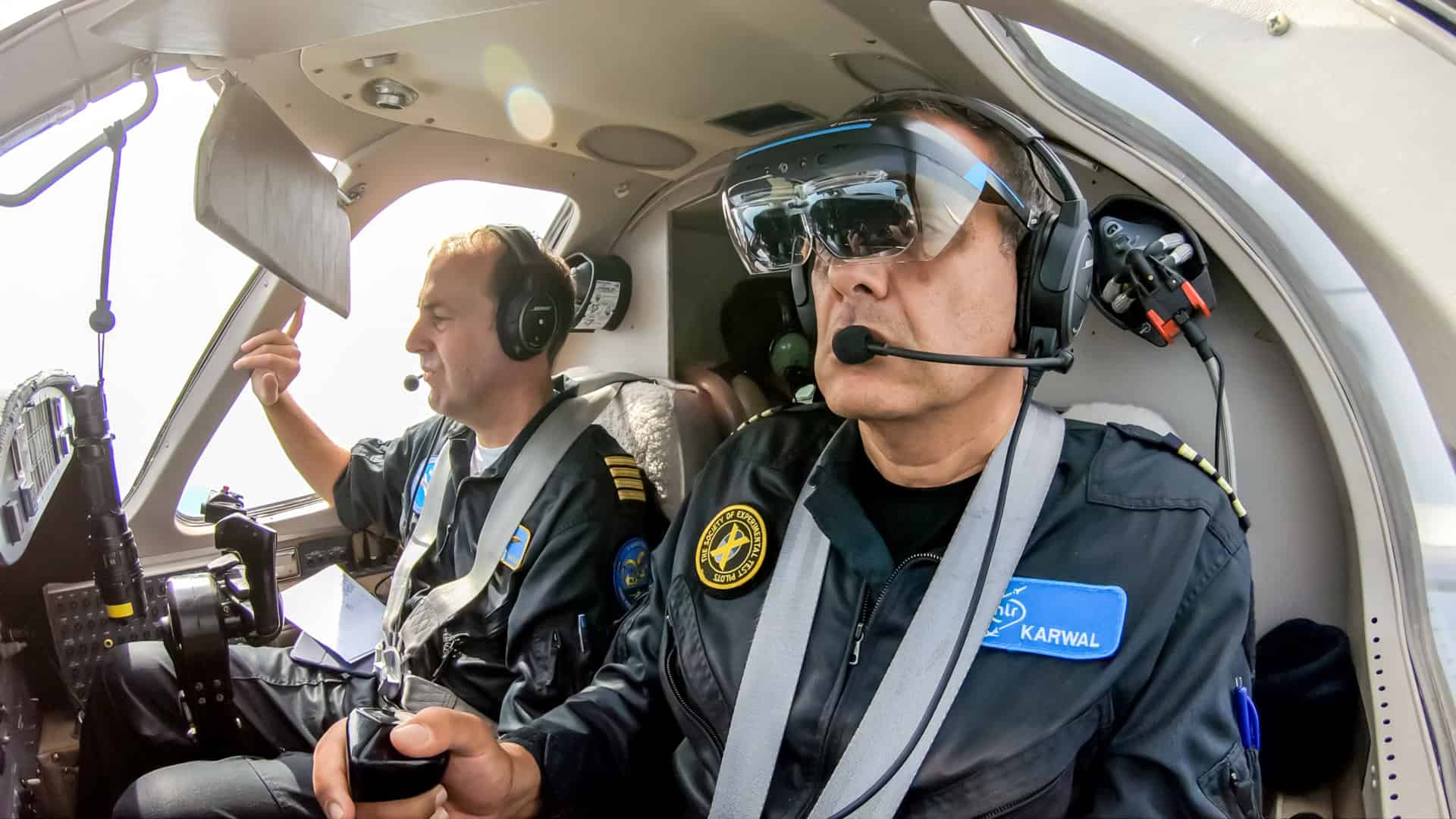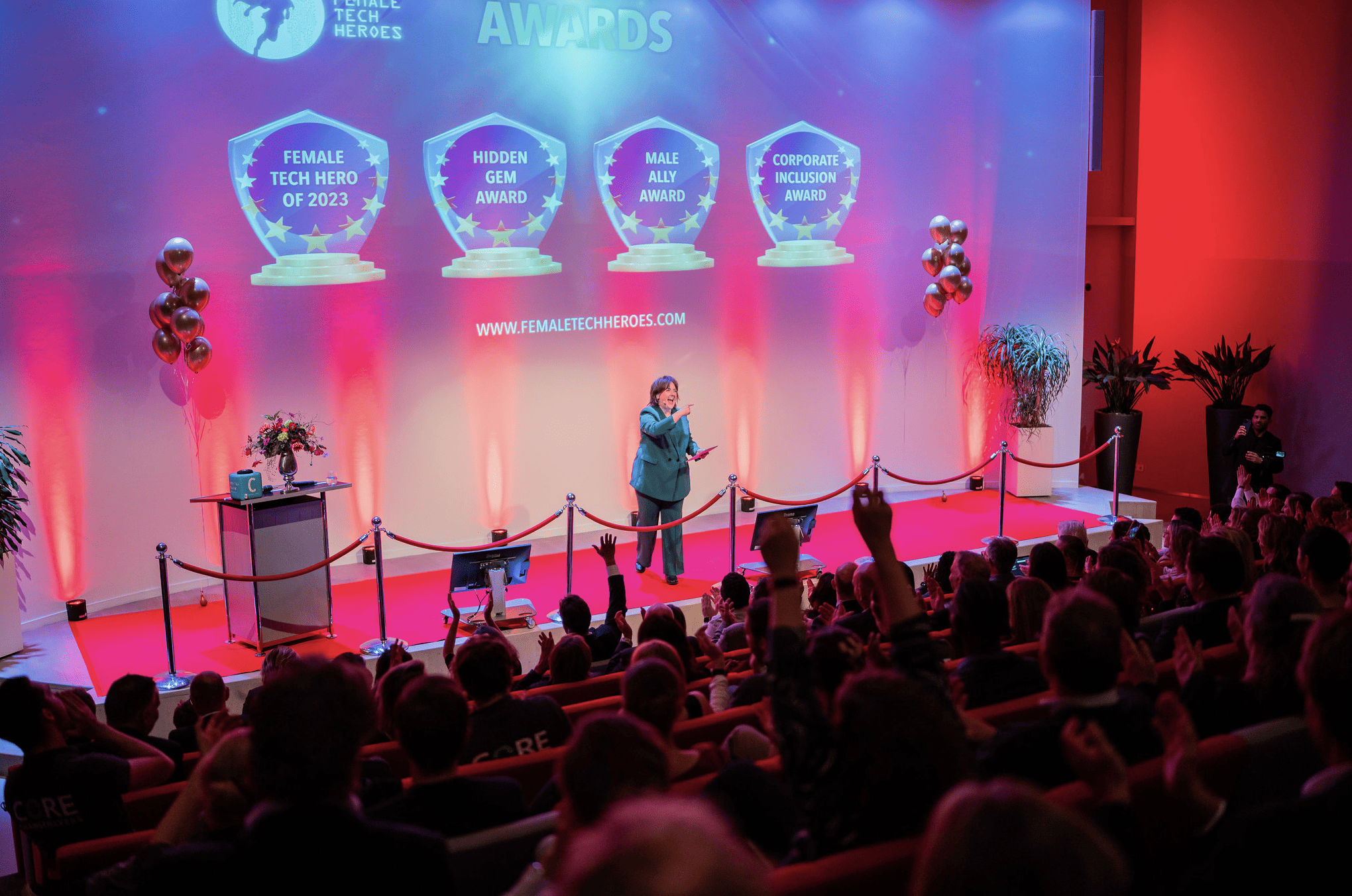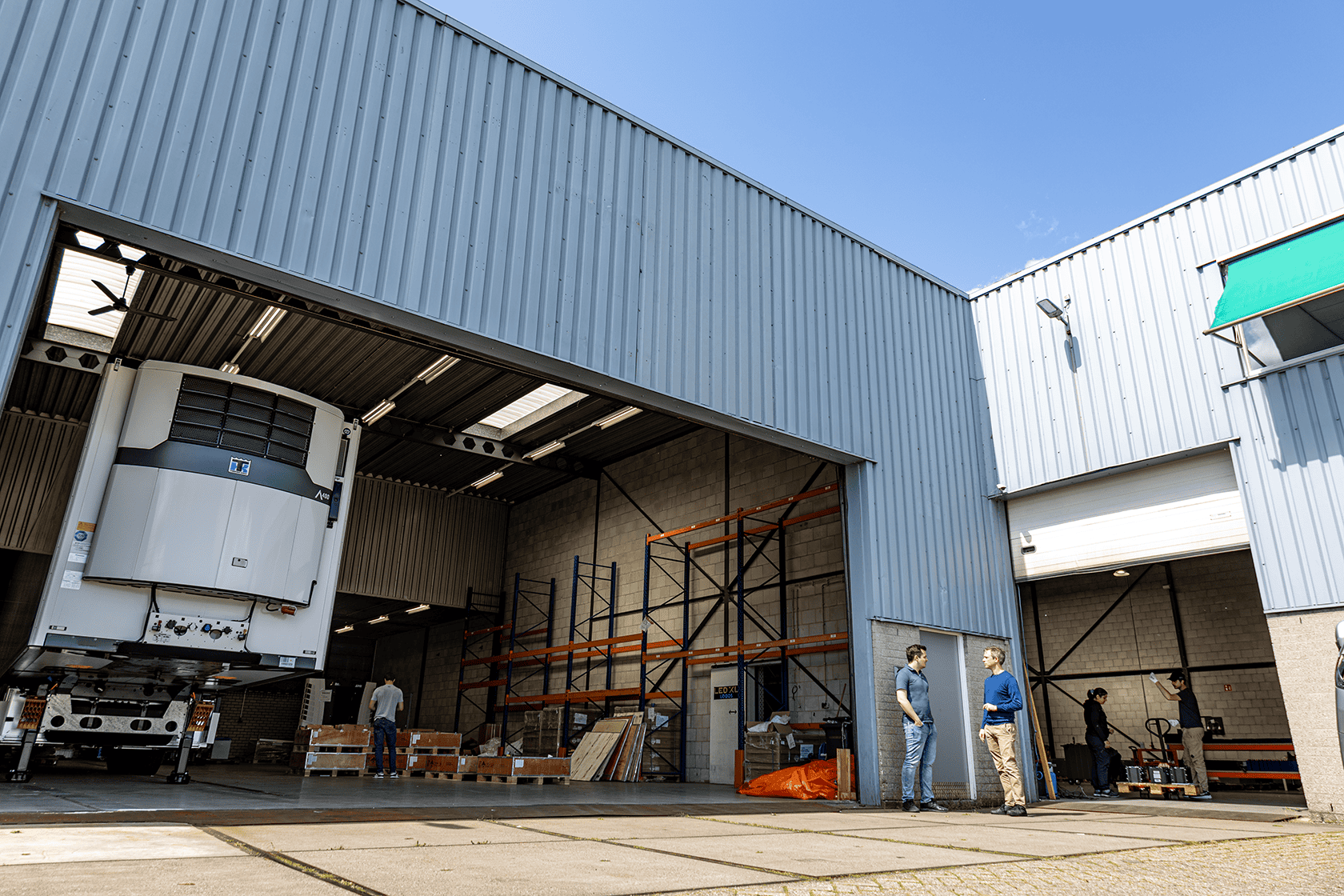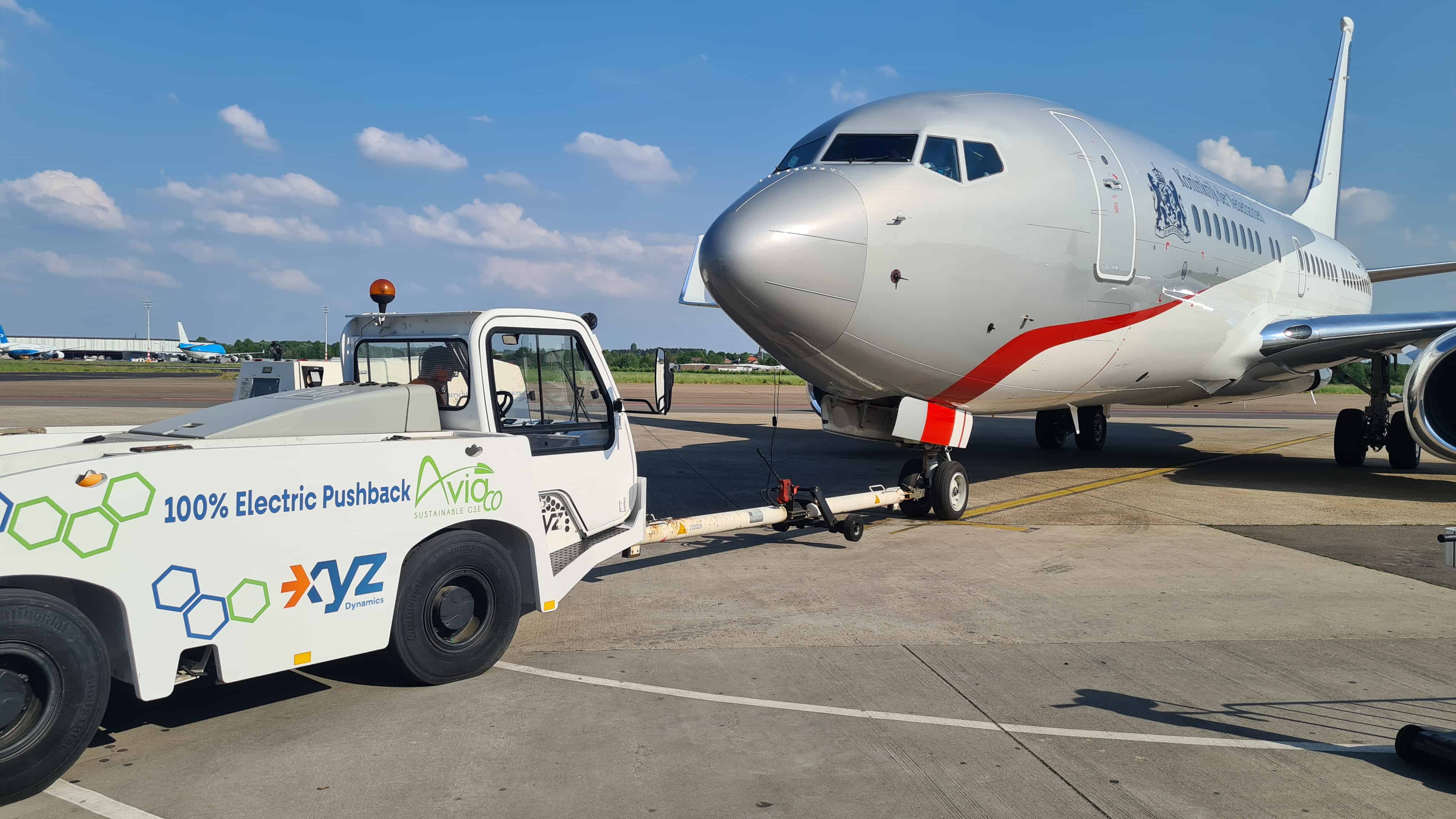
The last time IO spoke to XYZ Dynamics it was about how they were struggling through the pandemic. XYZ Dynamics’ initial idea was to develop an electric powertrain for vans and convert existing commercial vehicles into a hybrid model. A good idea three years ago, but corona slowed down the process.
In 2020, a new market emerged. Viggo, handler at Eindhoven Airport, among others, wants to make the handling material more sustainable. Together with this partner, XYZ is converting a diesel aircraft staircase to an electric staircase. At the time that seemed like a side path, co-founder Alex Pap said at the time that he wanted to continue to focus mainly on the electrification of delivery vans.
How a side path became the main path
But times change. The new website that the company launched last week does not show off an electric van, but an aircraft that is pushed away by a pushback: a cumbersome, heavy vehicle that pushes aircraft away on departure. There was not enough enthusiasm for converting vans, because one car manufacturer after another launched its own electric van. Mercedes-Benz launched the eSprinter, Citroen the E-Jumper, and Volkswagen the e-Crafter.
And so the ‘side path’ became a main path: XYZ Dynamics left the electrification of vans behind and now focuses entirely on making ground support equipment (GSE) vehicles at airports more sustainable.


The necessity is great
The urgency is great, because all over Europe airports are working towards an emission-free cycle. Even though the need is greater in one country than in the other, Pap knows by now. “In Spain, for instance, there is enormous pressure. There is an umbrella organization to which all airports are affiliated. They all have to show in black and white in their tenders that they offer electrical equipment.”
Besides The Netherlands, the company has leads in Spain, Italy and Belgium. The aim is to break through in the European market next year. A first step has already been taken, XYZ will soon electrify ten GSE vehicles for an Italian client. To this end, two engineers from XYZ will travel to Italy, giving the engineers multi-day training and converting two vehicles. The rest can then be converted by the Italians themselves.
“The advantage of this segment is that airports often manage their equipment themselves. That also means that they employ engineers to maintain the equipment. In that sense, it’s easy to work together,” says Pap.
Cheaper, emission-free and silent
The electrification of GSE powertrains is half the cost of a ground handler having to purchase new electric GSE vehicles. Moreover, the delivery time is much shorter, because only the powertrain needs to be converted. “And it’s more sustainable, because the existing fleet can simply be used again,” Pap adds.
The GSE fleet consists of many vehicles. In addition to an electric staircase, these include, for example, the pushback truck, a water pump truck for toilet use and the baggage carousel and vans.
“We have learned a lot from the electric staircase we built in 2021. That product has been developed further. An electric powertrain and power source are built-in. We have now sold a series of these to Schiphol and Italian handlers,” says Pap. The pushback truck was also added to the portfolio: a bulky, heavy vehicle that pushes aircraft away when they are ready for departure.
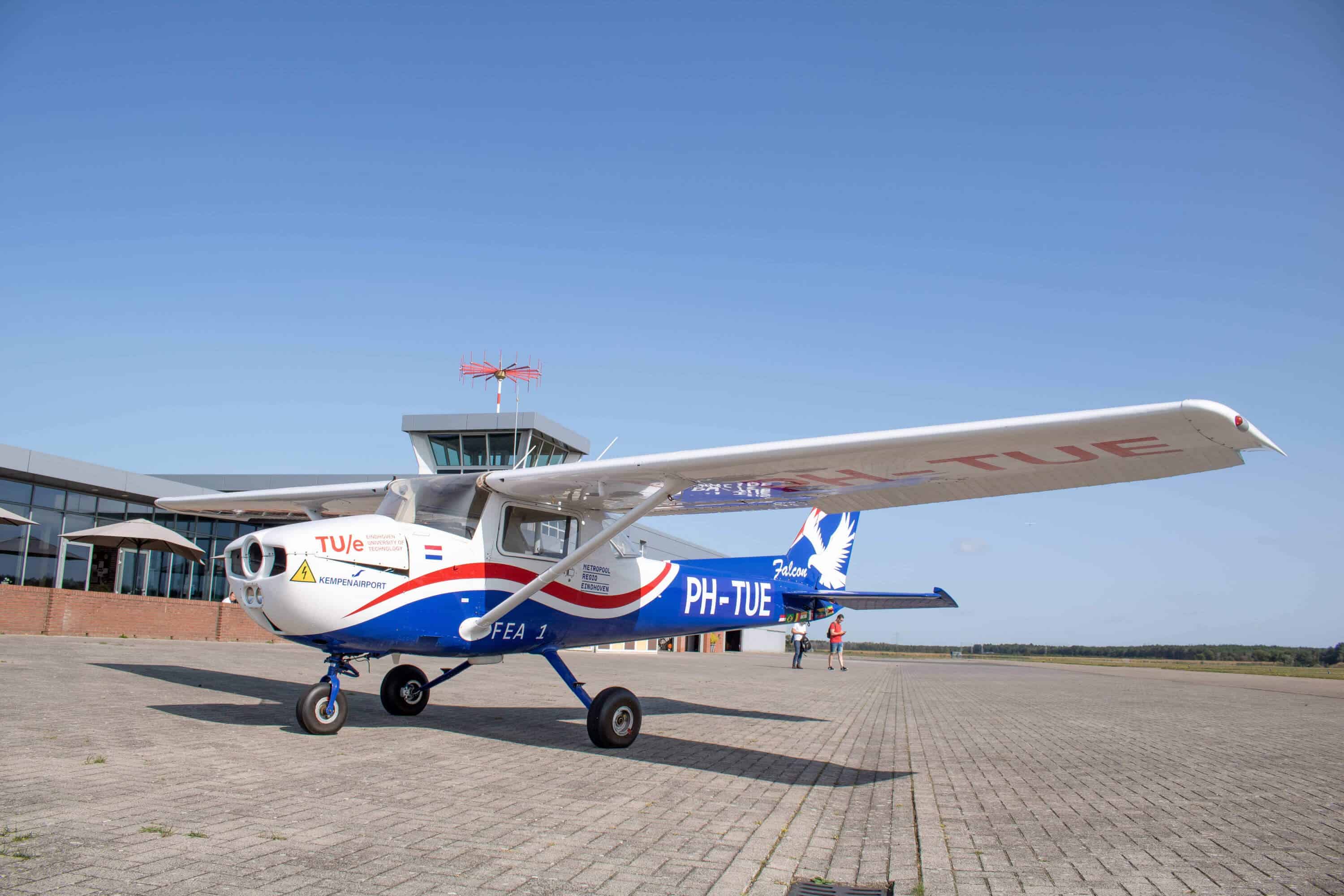
Pushback truck
Pap: “In October 2021, in addition to the development for the delivery van, we started developing a powertrain for a conventional diesel pushback. Within a month we had a working prototype, which we presented at the inter airport show in Munich.”
After the show, XYZ tested the prototype at various airports in the Netherlands, Belgium, and Spain under various weather conditions. “These test data were valuable. For example, we quickly saw that the powertrain could be much more efficient so a relatively smaller battery pack was required. We implemented that in 2022, and the result is a pushback with a powertrain that is 95 percent efficient, in combination with a fire-resistant lithium battery pack.”
It is a switch, but for Pap doing business has only become more fun. “We are constantly working to build something. That motivates me a lot. When I look back at what we’ve all done and where we are now, I never would have expected that when we started as a student team. I look forward to seeing what lies ahead for us.”



